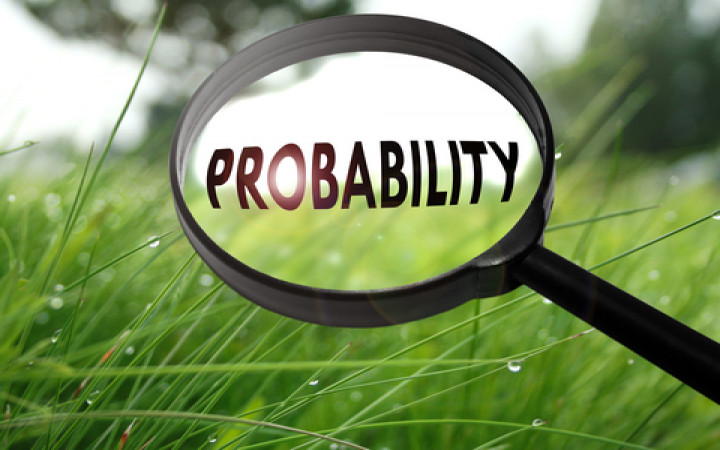Today’s Wonder of the Day was inspired by Aarnav. Aarnav Wonders, “What is probability?” Thanks for WONDERing with us, Aarnav!
Do you have a favorite game you play? Maybe it involves rolling dice. Or drawing from a deck of cards. Classic games like cribbage require specific number pairs on dice to advance each player’s peg. Popular card games like Go Fish call for pairs in order to have the winning number of sets. Most games involve some level of skill. And many games include the element of chance. You have no way of knowing for sure what the outcome will be.
You may have WONDERed as you took on an opponent what your odds were of drawing a certain card. How likely is rolling a double six to get out of jail free in Monopoly? Did you know that there is an entire branch of math that deals with working out the likelihood of an event happening? There is! Let’s Wonder together today about probability.
There is no way to know for sure if a certain card will show up or we will roll a number on a die. Using math probability, you can see how likely an outcome may be. A very simple way to look at probability is to figure out the number of ways something can happen. Then, divide that amount by the total number of outcomes.
Take the earlier die example. You may roll one die with faces numbered one through six. You need to roll a four in order to land your piece at home and win the game! Only landing with the four facing up will achieve the outcome you want. There are six faces on the die. That means the probability of getting the winning roll is 1 in 6, or 1/6.
All probability events occur on a number line between zero and one. Zero probability means an event is impossible. (You can’t roll two numbers on a die at the same time!) Probability of one means an event is certain. We can write events as percentages between 0% and 100%.
Besides using probability in games, it also plays parts in real life. A very simple example is flipping a coin to determine something. Each person or team involved in the outcome should have a 50% chance of seeing their choice turn up. You may flip a coin with a sibling to determine who has to wash the dinner dishes. Each of you has an equal chance of having to do the chore!
Researchers can use probability when looking at whether a new drug or treatment is better than standard care. They may choose people in a sample group to either receive or not receive treatment. No one is supposed to know who is in each group. When the test is over, the results should show how well the remedy worked. The sampling of people can show how probable the new treatment is to work on most people.
Lotteries are another example of how we use probability. You may enter a lottery to win special seats for a concert. Or your family may enter a drawing to see who wins a basket of special treats at the local community center. The chances of winning in each of these situations are determined by how many people enter. If you are one of five to enter, your probability of winning is 1/5 or 20%. You might decide the chances are good enough to play if the probability is high!
Do you see ways you could use probability to decide in your life? What other examples can you think of where probability is helpful in real life?
Standards: CCRA.R.1, CCRA.R.2, CCRA.R.4, CCRA.R.10, CCRA.L.3, CCRA.L.4, CCRA.L.5, CCRA.L.6, 5.MD.2, 5.NBT.7




